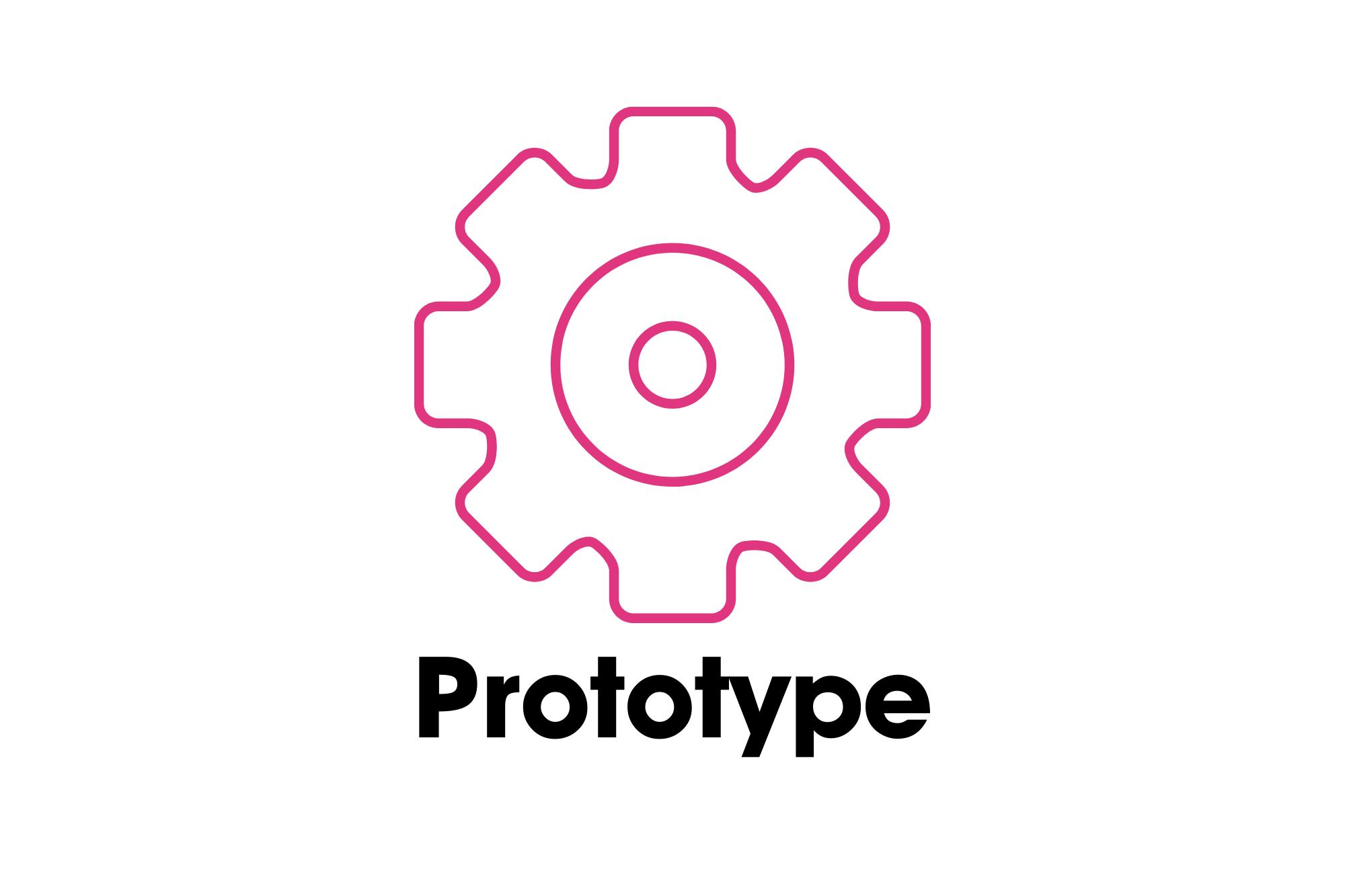Giving by Design: How the Design Thinking Process Comes to Life in Philanthropy
September 19, 2024
September 19, 2024

When you are trying to solve a problem, where do you start? Do you tackle a problem without thinking about a plan? Do you look for solutions without understanding how to make those solutions impactful?
So many of us see problems in our world and desire to make a difference. And we believe that every child has the ability to make a positive impact on the world around them.
But how do we bridge the gap between a child's desire to help and the creation of tangible solutions?
Enter design thinking – a powerful framework used in philanthropy to tackle complex issues with innovative solutions.


Empathize: This stage is all about understanding the needs and challenges of the people you're trying to help. In philanthropy, this might involve interviewing people who benefit from charitable organizations or those who work on the front lines.

Define: Once you've gathered information, it's time to define the core problem you're tackling. Is it a lack of awareness, a resource shortage, or something else entirely?

Ideate: Here comes the brainstorming! This is where you get creative and come up with a wide range of solutions to the defined problem.

Prototype: Don't get stuck in the idea phase! Here, you develop a low-fidelity model of your most promising solutions. This could be a sketch, a flyer, or even a role-playing scenario.

Test: The final step is to share your prototype with your target audience and get their feedback. This helps you refine your ideas and ensure they truly address the needs you identified.
The Design Thinking Process is most often associated with STEM, especially engineering, when creating solutions for problems. It is not usually thought of when looking at giving back or philanthropy. But how do philanthropists decide how give back and make a difference? They go through the Design Thinking Process!
But what does the Design Thinking Process look like in philanthropy?
Imagine a group of students concerned about animal shelters. They could just put together a fundraiser without really thinking through the process of creating one. Or they could use the Design Thinking Process to elevate their passions for creating change!
With the Design Thinking Process, students would:
This iterative process empowers students to become active changemakers!

Here are some ideas to get you started:
Ready to ignite the spark of giving in your students? Register for FREE access to our resources today! With Project Heart's tools, your classroom will be a breeding ground for innovative young philanthropists, eager to make a difference in the world.